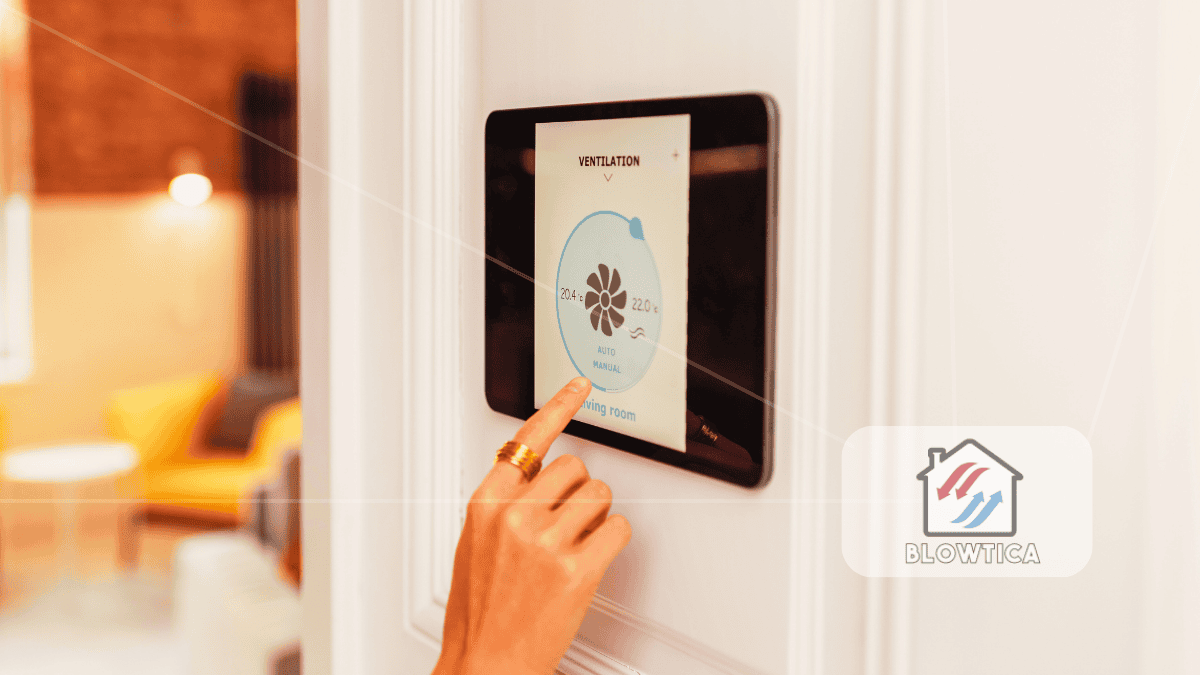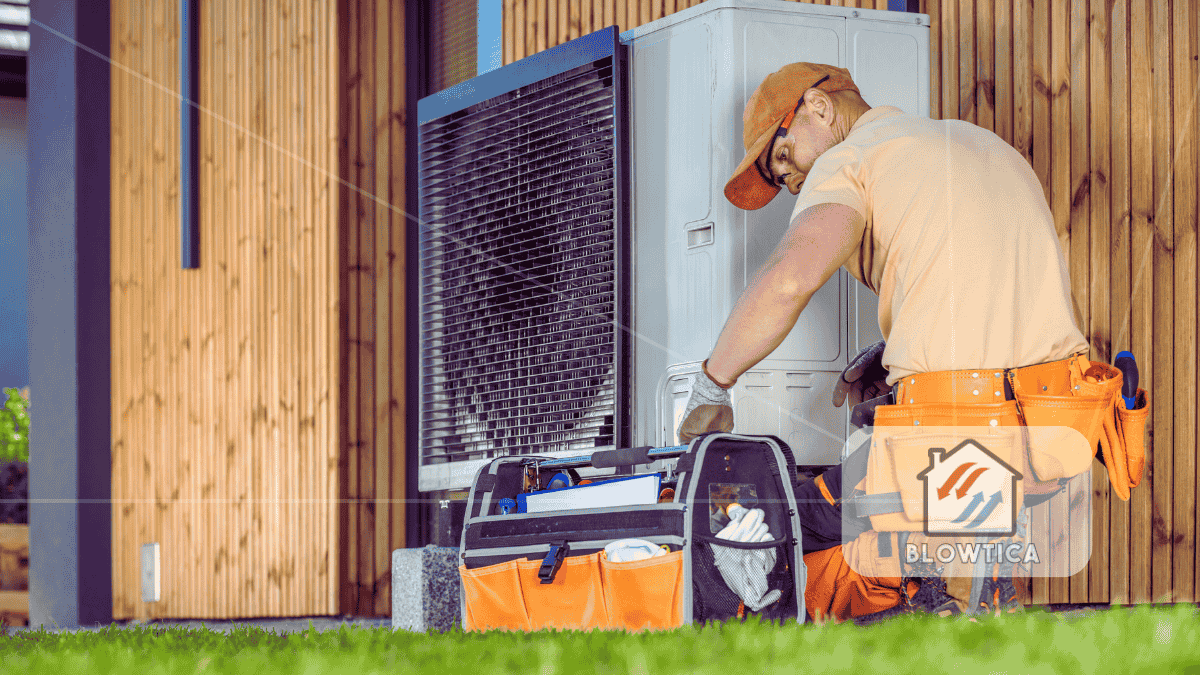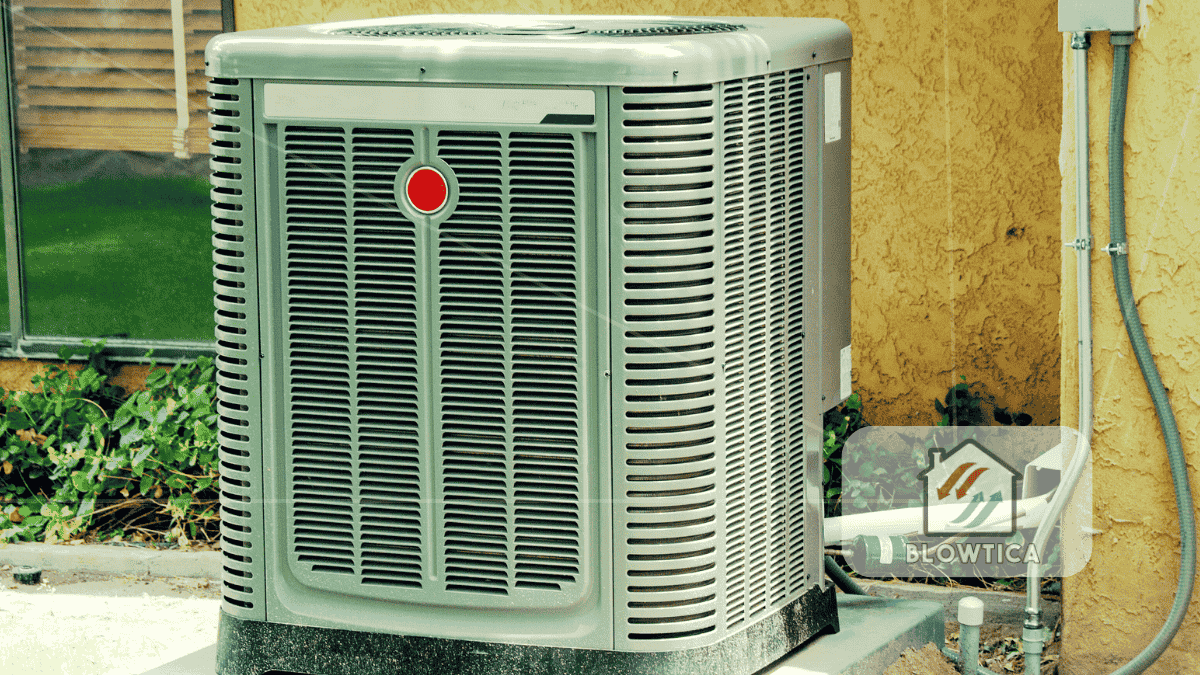
In 2025, artificial intelligence (AI) is reshaping how we interact with our homes, especially when managing indoor climates. Smart thermostats have evolved far beyond their early days. Today, AI is pushing its potential to new levels. With features like real-time learning, predictive comfort, and smarter integration with the energy grid, AI is making smart thermostats smarter in 2025 than ever before. These advancements don’t just offer convenience, they deliver energy savings, environmental benefits, and better personalization.
The Evolution of Smart Thermostats
Originally, smart thermostats gave users the ability to control temperature remotely. Early versions allowed for scheduled programming and remote adjustments via mobile apps. While helpful, these features were still largely reactive. They required users to input data or adjust settings manually.
In 2025, AI has transitioned thermostats into proactive, self-improving systems. They now learn user habits, understand environmental variables, and communicate with other smart home devices to make better decisions. This shift from rule-based automation to machine learning-driven intelligence is what’s truly making smart thermostats smarter in 2025.
Core AI Technologies Powering Smart Thermostats
Several interwoven AI technologies are enabling this transformation:
1. Machine Learning Algorithms: These systems analyze usage patterns, occupancy data, and environmental inputs to forecast behavior and optimize temperature control automatically. Over time, they grow more accurate, adjusting dynamically to changes in routine.
2. Natural Language Processing (NLP): Modern thermostats support voice commands that are far more intuitive. You can say, “Make the living room cozy this evening,” and the system will adjust based on previous preferences for that phrase.
3. Predictive Analytics: AI looks ahead, using weather forecasts, occupancy predictions, and utility rate schedules to make smarter decisions. For example, it may pre-cool a house before a heatwave while energy rates are low.
4. Edge Computing Capabilities: Instead of relying solely on cloud-based processing, thermostats now handle computations locally. This boosts response speed, protects user data, and allows essential functions even without an internet connection.
Expanding Comfort and Convenience
AI-enhanced thermostats bring convenience into new territory:
- Precision Comfort: By learning how quickly each zone in a home responds to heating or cooling, thermostats ensure the temperature is ideal right when it’s needed.
- Room-by-Room Adaptation: Using motion detectors and occupancy data, the system heats or cools only the spaces in use.
- User-Centric Preferences: It learns what temperature each household member prefers and adjusts based on who’s home, what time it is, and recent behavior patterns.
This level of responsiveness is a key reason AI is making smart thermostats smarter in 2025. Users no longer need to think about temperature management—it just works.
Smarter Energy Efficiency and Financial Benefits
Reducing energy waste has never been easier or more important. AI helps homeowners lower utility bills and reduce their environmental impact without sacrificing comfort:
- Real-Time Adjustments: Thermostats now adapt instantly to changing conditions inside and outside the home.
- Utility Rate Optimization: AI avoids high-cost energy periods by pre-heating or pre-cooling when rates are low.
- Demand Response Participation: In cooperation with local utilities, thermostats adjust settings slightly during peak demand times. Homeowners often receive rebates for participation.
According to recent industry data, users save between 15% and 35% on heating and cooling costs annually by using AI-optimized smart thermostats.
Environmental Impact at Scale
Beyond cost savings, smarter thermostats are key tools in the fight against climate change. Every small energy-saving action, when multiplied across millions of homes, leads to substantial carbon emission reductions.
- Integration with Renewable Energy: Many modern thermostats coordinate with solar panel systems to optimize usage when solar output is highest.
- Reduced HVAC Load: AI minimizes overuse of heating and cooling systems, reducing strain on HVAC components and prolonging equipment lifespan.
This approach aligns with global goals to cut emissions, making smart thermostats smarter in 2025 a win for both users and the planet.
Hyper-Personalized Climate Control
Thermostats in 2025 are no longer one-size-fits-all. They’re built to cater to individual needs within the same household:
- User Profiles: Each family member can have a unique profile. The system adjusts room temperatures based on who’s present.
- Routine Adjustments: If your work schedule changes, the thermostat adapts without needing manual input.
- Contextual Awareness: It understands not just presence but activity—whether you’re sleeping, working, or relaxing.
This advanced personalization is a defining reason why AI is making smart thermostats smarter in 2025. It enhances comfort without lifting a finger.
Enhanced Security and Data Protection
As devices grow more intelligent, concerns about data security grow too. Developers are prioritizing this:
- Anomaly Detection: Thermostats can alert users to unusual activity, such as unexpected occupancy during work hours.
- Local Data Processing: With edge computing, sensitive data never leaves the home, improving security.
- Transparent Privacy Controls: Users now get clear options for what data is collected and how it’s used.
Strong encryption and user-friendly privacy settings make AI-powered thermostats both smart and safe.
Seamless Smart Home Integration
AI-enabled thermostats now serve as key hubs in connected homes. They interact with other smart devices to deliver a holistic experience:
- Lighting Coordination: Lights and climate adjust simultaneously based on user activity.
- Security System Sync: When a security system arms for away mode, the thermostat shifts to energy-saving mode.
- Smart Appliance Feedback: Refrigerators, ovens, and other appliances can provide thermal data, helping thermostats manage indoor temperatures more effectively.
This ecosystem approach is another way AI is making smart thermostats smarter in 2025. It elevates the home from functional to intelligent.
Greater Accessibility for All
Accessibility is no longer a niche feature, it’s a central design principle:
- Voice and Touch-Free Control: Ideal for elderly users or individuals with mobility challenges.
- Language Diversity: Multilingual support is now standard, helping non-English speakers navigate with ease.
- Visual and Auditory Cues: Color-coded indicators and voice confirmations assist users with visual or hearing impairments.
Smart climate control is now genuinely inclusive, extending benefits to every household member.
Challenges That Remain
Despite rapid progress, hurdles persist:
- Trust Issues: Some users are wary of automation. Manufacturers must offer transparency and simple override controls.
- Data Privacy Concerns: Education about data usage and security measures is essential to boost confidence.
- Initial Costs: While long-term savings are real, upfront device and installation expenses remain a barrier for some users.
These issues are being addressed, but they highlight the importance of user-centric design and education as adoption grows.
Looking Ahead: What Comes Next?
By 2030, smart thermostats may not just manage your home’s climate. They could become part of larger energy networks:
- Grid-Aware Systems: Devices will sync with city-wide energy networks to reduce consumption during peak loads.
- Predictive Maintenance: Thermostats will identify HVAC inefficiencies and recommend service before breakdowns occur.
- AI Coaching: Some thermostats may begin offering personalized suggestions on improving home energy habits, like adjusting insulation or sealing leaks.
In other words, the smartest thermostats shortly won’t just control air temperature, they’ll help optimize your entire home.
Final Thoughts
AI is making smart thermostats smarter in 2025 by giving them the tools to learn, predict, and respond more accurately than ever before. They’re no longer gadgets; they’re intelligent partners in home comfort and energy management.
From enhanced personalization and cost savings to environmental sustainability and accessibility, the evolution of smart thermostats reflects the broader promise of AI in everyday life. For homeowners, businesses, and communities, these advancements mark a transformative shift.
As technology continues to evolve, the smartest thermostats of today may soon seem basic. But right now, AI is redefining what comfort, efficiency, and intelligence mean in home climate control.







